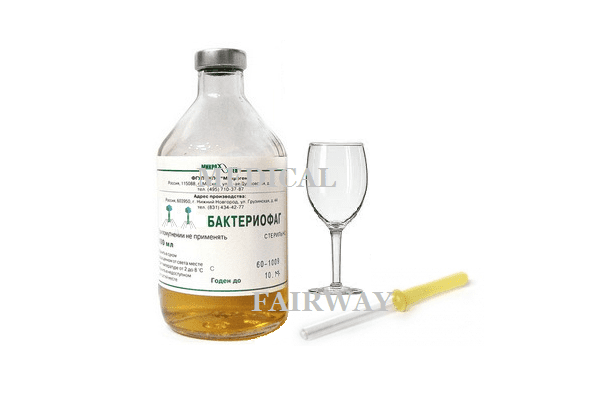Otolaryngology >>>> The use of bacteriophages in otolaryngology
The use of bacteriophages in otolaryngology.

Treatment of dysbiosis of the oral cavity, pharynx and nasopharynx.
Numerous microorganisms live in the oral cavity and nasopharynx (there are a hundred times more anaerobes - oxygen lovers than aerobes - living without oxygen). These are bacteroids, porphyromonads, prevotella, eubacteria, fusobacteria, bifidobacteria, lactobacilli, actinomycetes, haemophilus bacilli, neisseria, spirochetes, leptotrichia, streptococci, staphylococci, peptococcus, protococcus, etc. ... The antimicrobial components of saliva (antibodies and lysozyme) suppress the action of foreign microbes. Fibronectin(related in properties to gram-positive bacteria) coats the mucous membrane and inhibits the growth of gram-negative bacteria. All types of microflora living in symbiosis with humans are in a certain quantitative ratio with each other.
With the abuse of antiseptic drugs and antibiotics for the treatment of various diseases of the oral cavity and pharynx (throat), it is possible to disrupt the balance of microflora, that is, to cause a bias in the quantitative ratio of beneficial and conditionally pathogenic microorganisms (and in the direction of increasing pathogenic species). And against this background, dysbacteriosis ( dysbiosis) develop .
Dysbacteriosis itself later becomes the cause of inflammatory processes in the oral cavity, throat and nasopharynx. If there is a tendency for such common diseases as angina, tonsillitis, pharyngitis , or develops oral candidiasis, one can suspect that the microflora is disturbed , and it must be restored. In addition to measures to support the immune system and the intake of additional amounts of beneficial bacteria (Lacto- and Bifidobacteria), bacteriophages are successfully used. In order to know which type of bacteriophage to use, they take a bacteriophage analysis (smear from the oral cavity and nasopharynx). Next, it is determined whether the found bacterial strain reacts to this bacteriophage and, when confirming the phage sensitivity of bacteria, start taking the bacteriophage.
Suitable for the treatment and prevention of dysbiosis of the oral cavity, pharynx, nasopharynx: Polyvalent purified pyobacteriophage ( Sextaphage ), Staphylococcal bacteriophage , Streptococcal bacteriophage, Combined pyobacteriophage. They are used in the form of rinsing, irrigation of mucous membranes, instillation into the nose. When rinsing, it should be borne in mind that the bacteriophage foams a lot, so it should be taken a little in the mouth. Rinsing with a bacteriophage solution is carried out, followed by swallowing the solution.
Bacteriophage in ENT practice.
With inflammatory or purulent - inflammatory processes in ENT diseases in the nose, nasopharynx, pharynx or ear (for example: Angina, Tonsillitis, Pharyngitis, Laryngitis, Sinusitis, Sinusitis, Otitis), there is also the possibility of using a bacteriophage. For the treatment of otitis media, bacteriophage is used in the form of turunda moistened with a solution or washing the middle ear cavities. To treat inflammation in the nasal sinuses, the nasal cavity, nasopharynx are washed with a bacteriophage, or the turundas soaked with the bacteriophage are left in the nose for some time. Turundas are left for an hour and a half, then changed several times during the day. Since a certain bacteriophage targets only a certain type of bacteria, it is necessary to select a bacteriophage respectively, a pathogenic bacteria that caused a purulent or inflammatory process. To do this, take a smear from the site of the lesion and do a bacterial culture. And only after identifying the pathogen, the phage is selected.
It is necessary to pay attention to the fact that, since the bacteriophage is stored in a refrigerator (not in a freezer!), The solution must be warmed in the hands before use, or kept briefly at room temperature. But only that part of the solution that you will use, and the entire bottle with the remaining contents is put back in the refrigerator.

Read

Read



























